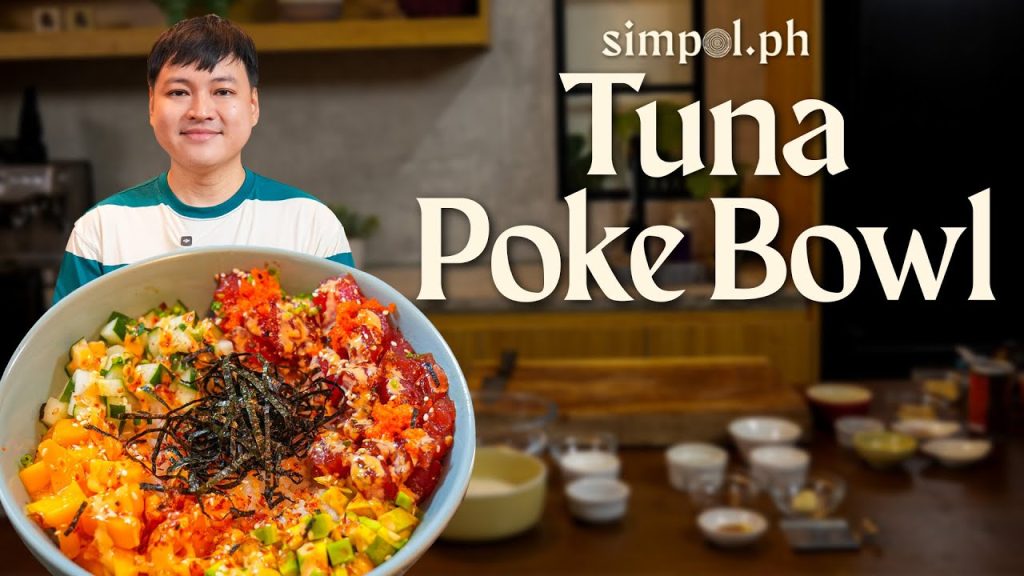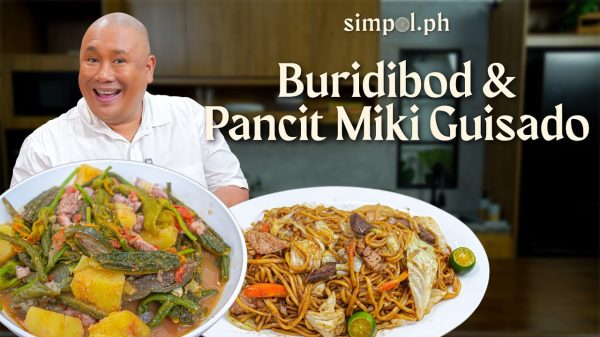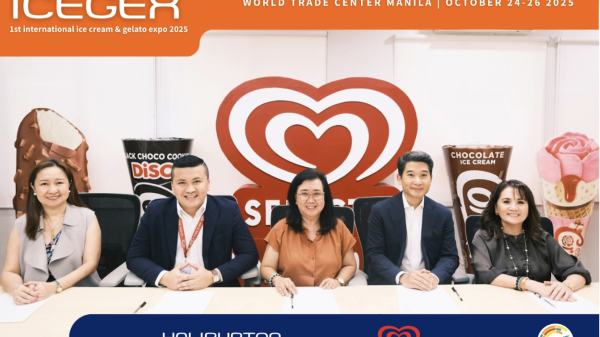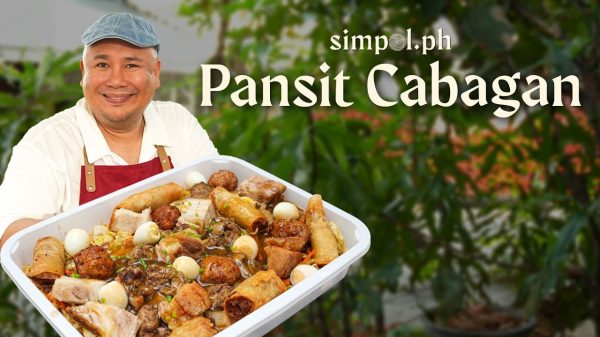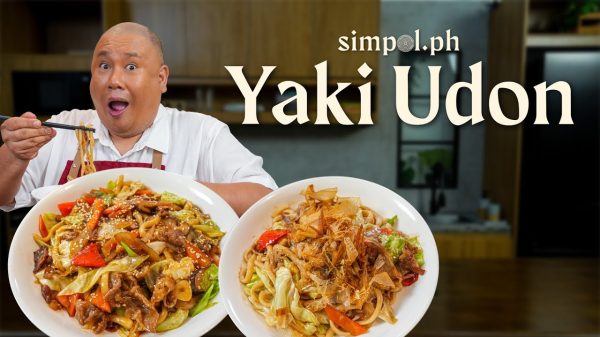A couple in a pick-up truck slows down at a Mandaluyong intersection. “Histolinarya!” one of them shouts, recognizing the man crossing the street. Roberto Villarcabral offers a small, surprised wave.
He’s not a celebrity chef or a TV personality. But through Histolinarya, his quietly radical video series, Villarcabral has become one of the most unexpected and powerful voices in the preservation of Filipino culinary heritage—documenting forgotten dishes, regional traditions, and the stories behind them.
In a culinary world where legacy often defines legitimacy, Villarcabral is proving that deep cultural work can begin without a matrilineal recipe book, a TV deal, or a restaurant empire—and still nourish a nation’s soul.

Reclaiming Philippine Culinary Heritage Without Culinary Inheritance
Soft-spoken and deliberate, Villarcabral carries the quiet intensity of someone who listens more than he speaks. As a journalist, his curiosity—enthusiastic and almost childlike in its sincerity—guides every frame he shoots and every story he chooses to tell. When he talks about food, it’s never with self-proclaimed authority, but always with a sense of inquisitive wonder.
“People think I’m a food historian,” Villarcabral adds. “I’m not. I’m a journalist, first and foremost—one who just happens to love Filipino food and wants to understand it better.”
That humility forms the backbone of Histolinarya, a growing video archive and cultural initiative dedicated to documenting Philippine culinary heritage. Villarcabral doesn’t set himself up as an expert. Instead, he presents himself as a fellow learner—one who invites viewers into a shared rediscovery of dishes, tools, and voices that history almost forgot.
Unlike many food authorities, he didn’t inherit a cherished lola’s cookbook. There were no heirloom kitchen tools passed down, no inherited kitchen rituals. His knowledge was painstakingly assembled from scratch—built on field interviews, historical texts, oral narratives, and hands-on research. In this, he proves that food memory isn’t only something to receive—it can be something we reclaim.

From Childhood Curiosity to Cultural Advocacy
Villarcabral’s interest in food wasn’t born in a professional kitchen, but in everyday curiosity. As a child in Muntinlupa, he asked questions others didn’t. Why did their tinola have chayote from Baguio?
“We did a Filipino food fair in school and I contributed halú-halò. The teacher asked me to write a background on the history behind it. At that time, I assumed we all got our influences from the Spanish colonial period. Then I realized—wait, where did the ice come from when there was no refrigeration then? And Spanish people never sweetened mung beans… hmm.”
Over time, he began to notice a more troubling pattern: many Filipinos viewed their own cuisine with indifference—or worse, with embarrassment. “It was like our food wasn’t sophisticated enough,” he says. “That mindset was everywhere.” What started as culinary interest grew into something deeper: an interrogation of identity, history, and postcolonial trauma.
While he initially pursued film and even considered a career as a music producer, but his growing social consciousness pulled him back to food—not just to cook, but to document, advocate, and ask better questions. His goal: to defend and illuminate Philippine culinary heritage.
Histolinarya: From Lost Cookbook to Cultural Counter-Archive
Before Histolinarya, there was The Lost Filipino Cookbook—an early online project where Villarcabral attempted to trace the origins of lesser-known dishes and cooking methods. The format was simpler: stylized photos, concise writeups, recipes. “Looking back, that page was a success,” he says. “But its themes needed to evolve.”
He realized that recipes alone weren’t enough. What was missing was context, voice, and lived experience. The Lost Filipino Cookbook had run its course. From its foundation, he started over and launched Histolinarya, a platform where Philippine culinary heritage wasn’t just archived—it was interrogated, filmed, and felt.
It was a soft rebrand. As the community grew, so did the vision.

Fieldwork, Friction, and Food Stories Left Untold
Histolinarya’s strength lies not just in its visuals, but in its fieldwork. In Antique, Villarcabral and his friend Sherwin Felix, fellow cultural advocate documented how local salt-makers and independent muscovado producers had been left out of government narratives. They also uncovered the controversial private patenting of porbida, a regional heirloom dish whose community origins were never formally recorded.
“We just did something they had been complacent about for decades,” Villarcabral says. The project wasn’t just storytelling—it was soft activism. Quietly but pointedly, Histolinarya was beginning to hold institutions accountable for neglecting the very communities they claimed to preserve.
And audiences noticed. In comments, emails, and DM threads, Filipinos shared how a dish reminded them of their grandmother’s kitchen, or how they’d never heard of an ingredient that grew only in their ancestral province. “That’s when I knew,” he says, “this wasn’t just content—it was a form of cultural recovery.”
Authority Rooted in Research, Not Lineage
Villarcabral has faced his share of criticism. Some traditionalists have pushed back against his historical interpretations. “If someone says, ‘We don’t put cinnamon in our humbà,’ I go, ‘Yes, you are correct, you do not put cinnamon leaf in humbà. But your ancestors in 1924 did.’”
He never tries to win arguments with bravado. He responds with historical menus, vintage cookbooks, and oral histories—often presented calmly in voiceover or caption. This measured clarity has become his signature. Rather than position himself as a culinary gatekeeper, Villarcabral builds his authority by doing the work—and showing his sources.
Just as important is his ethical framework. He always seeks consent from featured communities and ensures that credit goes where it’s due. “Ethical storytelling is non-negotiable,” he says. In an era where viral food content can sometimes exploit or distort, his care stands out.
Passing the Torch: Filipino Food Heritage for a New Generation
Villarcabral’s body of work remains modest in scale—but its impact is deeply felt, especially among younger Filipinos. Many of them didn’t grow up with a grandmother always in the kitchen. Their lolas belonged to a generation that redefined womanhood—stepping into public life, pursuing careers, and reshaping the domestic landscape.
This shift isn’t a critique. It’s context. As a result, many of today’s young Filipinos feel nostalgia for something they never quite had: the smells, sounds, and rituals of a kitchen that once tied families together.
And that’s where Histolinarya becomes invaluable.
With a filmmaker’s eye and a folklorist’s rigor, Villarcabral reconstructs what was almost lost. He pieces together stories, ingredients, testimonies—rebuilding dishes not just on the plate, but in memory. His work doesn’t just preserve—it rekindles.
Food as Memory. Food as Resistance.
There’s a quiet, almost sacred quality to Villarcabral’s work. But beneath the reverence is something unmistakably radical. In an age of food influencers and fast trends, Histolinarya invites us to pause. To reflect. To remember.
Because sometimes, preserving food isn’t just about cooking.
It’s about telling the story right.
It’s about remembering who we are.
It’s about reclaiming the Filipino food heritage that colonialism, modernity, and indifference tried to erase.
And in doing that, Villarcabral isn’t just a documentarian. He’s a witness. A steward. And a reminder that the kitchen can still be a place of revolution.
You can follow Roberto Villarcabral and his work on Filipino food heritage through the Histolinarya Collective on social media:
-
Facebook: The Histolinarya Collective, A.D.
-
Instagram: @histolinaryacollective




